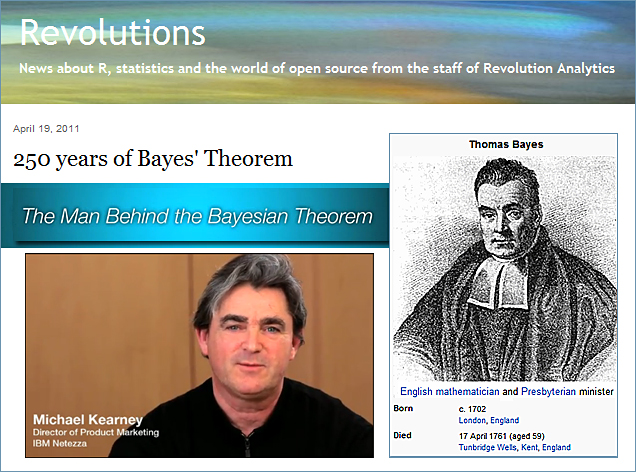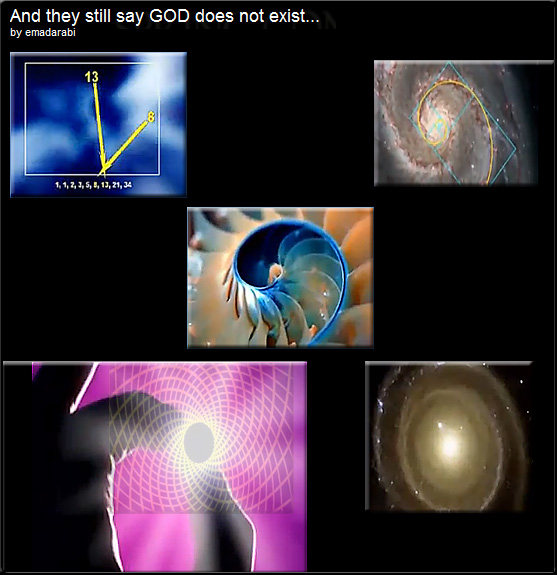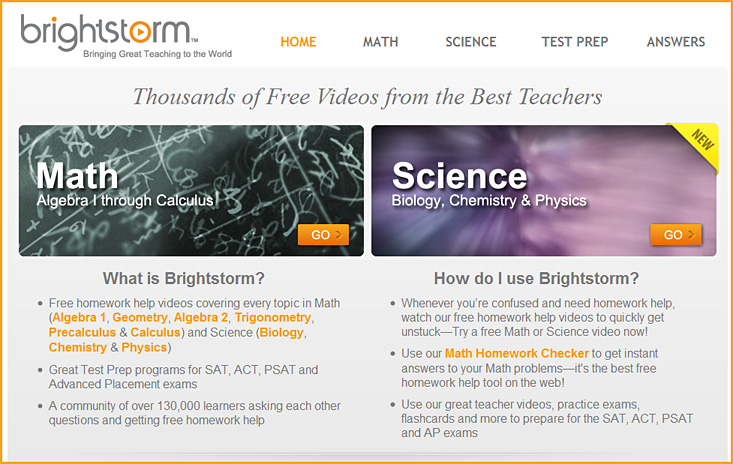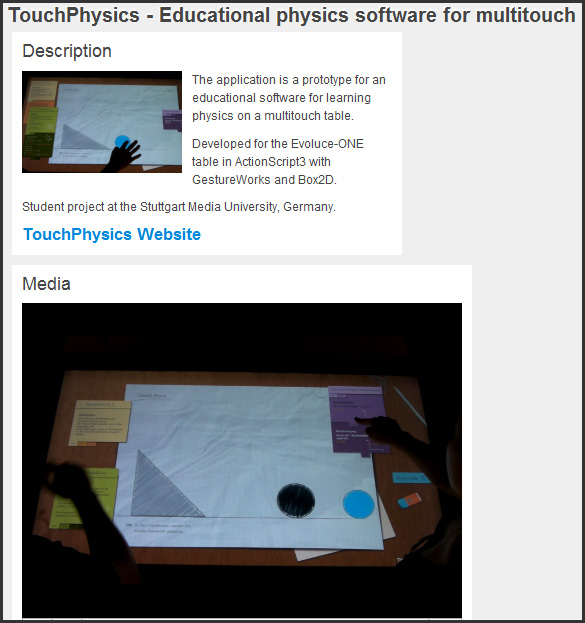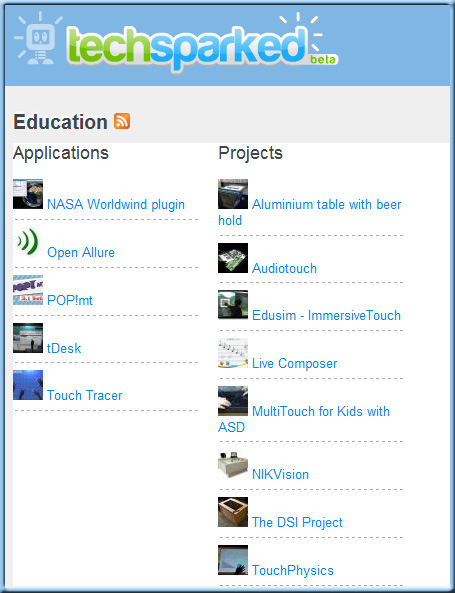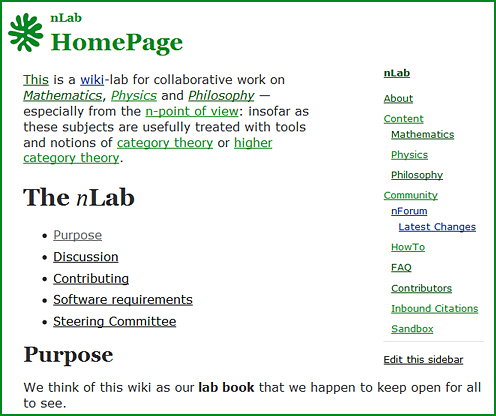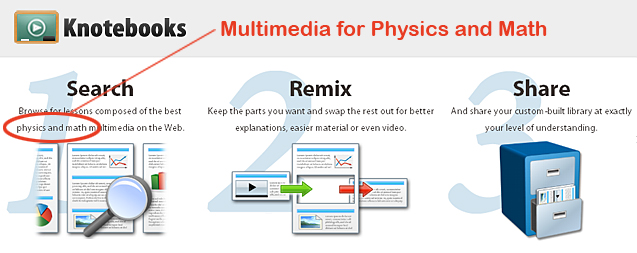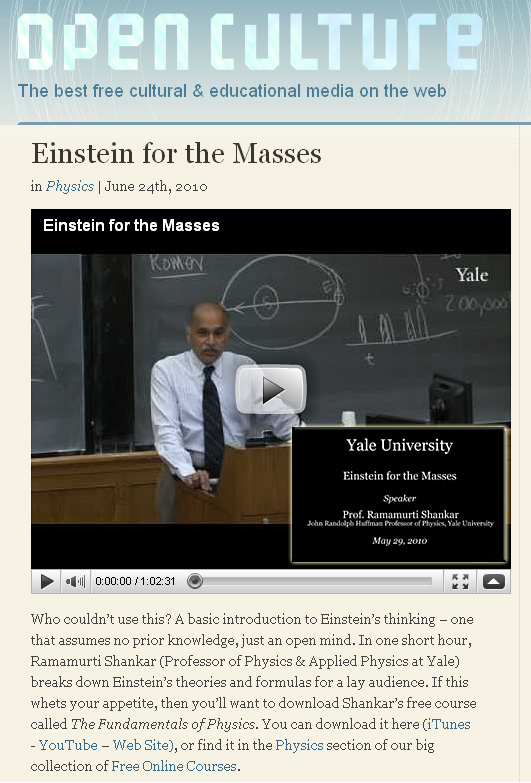Stanford researchers designed software that allows a viewer to zoom and pan while streaming online courses. They recently released the code to the public.
Kevin Slavin: How algorithms shape our world [TED]
Description:
Kevin Slavin argues that we’re living in a world designed for — and increasingly controlled by — algorithms. In this riveting talk from TEDGlobal, he shows how these complex computer programs determine: espionage tactics, stock prices, movie scripts, and architecture. And he warns that we are writing code we can’t understand, with implications we can’t control.
Relevant to mathematics; shaping our world; ethics; media; culture; society;
computer science; technologies; stock markets/business; architecture.
From DSC:
First of all, I ran across this item:
Which reminded me of this item:
Which reminded me of some great feedback from Randall Pruim, Associate Professor of Mathematics and Statistics at Calvin College, who wasn’t impressed with the importance or mysteriousness of this particular sequence or the above video clip…but who also provided me with some papers, each with the words “The Unreasonable Effectiveness of Mathematics” in the title:
- Wigner, E. (Feb., 1960). The unreasonable effectiveness of mathematics in the natural sciences. Communications in Pure and Applied Mathematics, Vol. 13(1). New York: John Wiley & Sons, Inc. Retrieved at http://www.dartmouth.edu/~matc/MathDrama/reading/Wigner.html.
- Hamming, R.W. (Feb., 1980). The unreasonable effectiveness of mathematics. The American Mathematical Monthly, Vol. 87(2). pp. 81-90. Retrieved from http://www.math.lsa.umich.edu/~mduchin/UCD/111/readings/hamming.pdf
Anyway, I can’t say I understand all of this. But I believe God’s fingerprints are on many events, things, and changes that we experience — some of these things we see, but many are invisible.
May your Maundy Thursday, Good Friday, and Easter morning be especially meaningful this year for you and yours! Here’s to our Creator, Redeemer, and Friend!
Peace,
Daniel Christian
Science Simulations: A Virtual Learning Environment — from Journey in Technology by Dolores Gende
Where do I find simulations?
One of the best websites for science simulations is PhET from the University of Colorado at Boulder. Originally founded by Physics Nobel Prize laureate Carl Weiman, PhET provides fun, interactive, research-based simulations of physical phenomena for free. These simulations can be downloaded or played directly on your browser.
Teachers can access the Teacher Ideas & Activities page for teacher-submitted contributions, designed to be used in conjunction with the simulations.
These are the links to the core science courses simulations. The PhET website also contains excellent Math simulations.
- Biology Online Labs
Comprehensive list to virtual labs and simulations - Anatomy Online Labs
- Comprehensive list to virtual labs and simulations
- Chemistry Online Labs
Comprehensive list to virtual labs and simulations
- Geology Online Labs
Comprehensive list to virtual labs and simulations
- Physics Simulations
My website contains links to hundreds of simulations.
Video abstracts at the New Journal of Physics
Video abstracts are a brand new content stream for New Journal of Physics, aimed at increasing yet further the visibility of our authors and their work. Through this video media authors can now go beyond the constraints of the written article to convey their research, and provide a new, enhanced user experience for the journal’s global audience.
NJP articles with a video abstract are flagged with the ![]() symbol. Full details about this new feature can be found in the video abstract guidelines. You can also read some of our author quotations.
symbol. Full details about this new feature can be found in the video abstract guidelines. You can also read some of our author quotations.
Solving the problem of online problem solving – – from FacultyFocus.com by Ellen Smyth
When first visualizing an online mathematics course, I saw a barren, text-only environment where students learned primarily from the textbook and where instructors provided text-based direction, clarification, and assistance. But typing is not teaching and reading is not learning. Students deserve more from online courses than regurgitated textbooks and opportunities to teach themselves. With today’s technology, we can create a rich learning environment.
So if we don’t teach with pure text, what do we teach with? Traditionally, we write, draw, and talk students through the problem-solving process while we encourage students to actively work along with us. Online, we should aspire to sparking the same level of comprehension, achievable using exactly the same techniques – writing, drawing, and talking students through problems.
But how do we write, draw, and talk to students online? Fortunately, we have a wide variety of tools available to help us available to help us do it digitally.
From DSC:
One of the types of tools mentioned were the tablets from Wacom.
Stanford and UC Berkeley Create Massively Collaborative Math – 8-8-10 — [via GetIdea.org blog]
Scholars at U.S. universities UC Berkeley and Stanford have created a free website, MathOverflow, that is transforming math research. By linking questions and answers from hands-on users, each small solution builds toward a larger understanding, accelerating research and proving mass collaboration can greatly expand human problem-solving abilities.
Less than a year old, Math-Overflow is growing quickly. On a typical day, it receives about 30 new questions and more than 30,000 page views from 2,500 different users worldwide. Questions and answers get votes, based on popularity. Contributors include leading researchers, and half its traffic is international. Some questions have already led to research papers naming both the asker and “answerer” as co-authors.
Source: Mercury News [San Jose, California]
.
.
Also see:
From Questions to Concepts: Interactive Teaching in Physics — by Physics Professor Eric Mazur at Harvard
How can you engage your students and be sure they are learning the conceptual foundations of a lecture course? In From Questions to Concepts, Harvard University Professor Eric Mazur introduces Peer Instruction and Just-in-Time teaching — two innovative techniques for lectures that use in-class discussion and immediate feedback to improve student learning. Using these techniques in his innovative undergraduate physics course, Mazur demonstrates how lectures and active learning can be successfully combined. This video is also available as part of another DVD, Interactive Teaching, which contains advice on using peer instruction and just-in-time teaching to promote better learning. For more videos on teaching, visit http://bokcenter.harvard.edu














